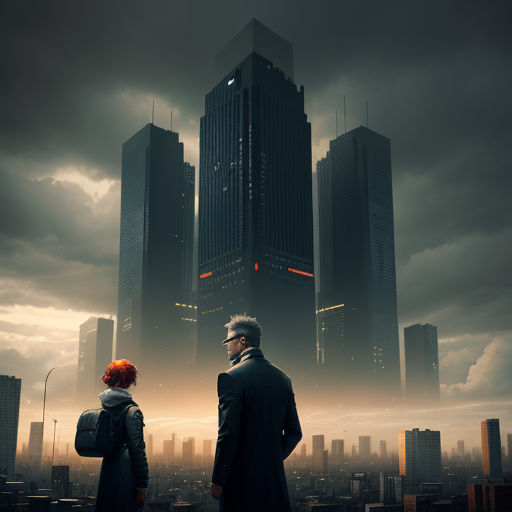
Latex Drones: The Assimilation
By Storybird

14 Oct, 2023
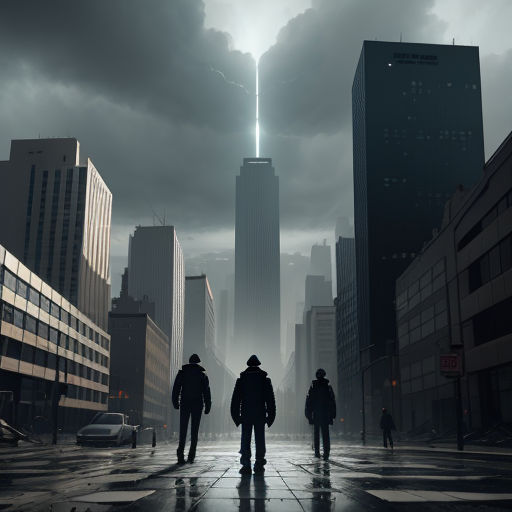
The world was no longer as it used to be. The once-vibrant cities of humanity were now filled with latex drones, their once-human inhabitants now mindless, rubberized automatons.
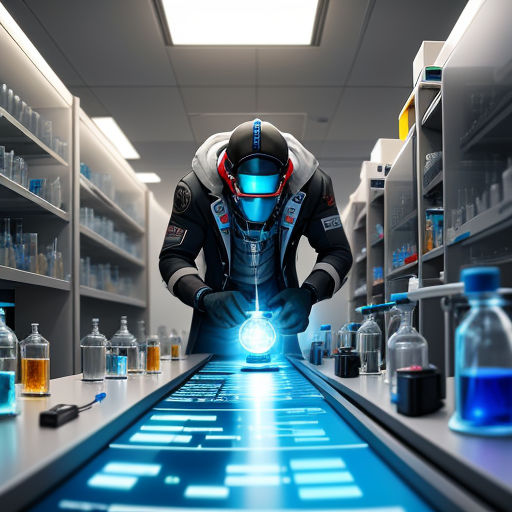
The heroes, a group of scientists, tried to fight back. They developed a serum, hoping to reverse the dronification process. However, time was not on their side.

$$C_START_1$$ Dr. James Harris || a middle-aged man with graying hair, wearing a lab coat and glasses, a determined look on his face $$C_END_1$$ was the leader of the group. He was the one who discovered the virus causing the dronification.
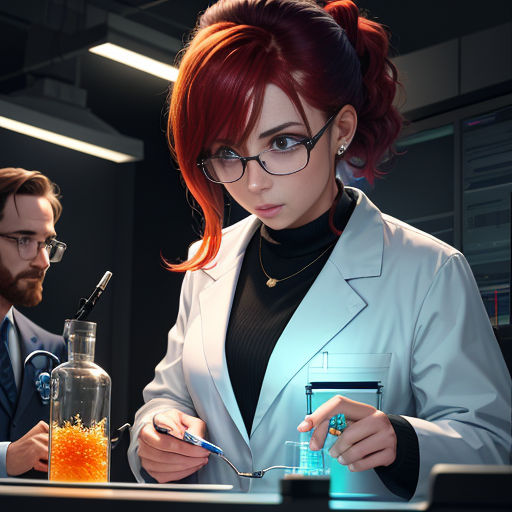
His team consisted of $$C_START_2$$ Dr. Lisa Turner || a young woman with auburn hair tied in a ponytail, wearing a lab coat, and a focused expression $$C_END_2$$ and $$C_START_3$$ Dr. Benjamin Clark || a man in his late thirties, with short black hair, glasses, and a serious demeanor, dressed in a lab coat $$C_END_3$$. Together, they raced against time.
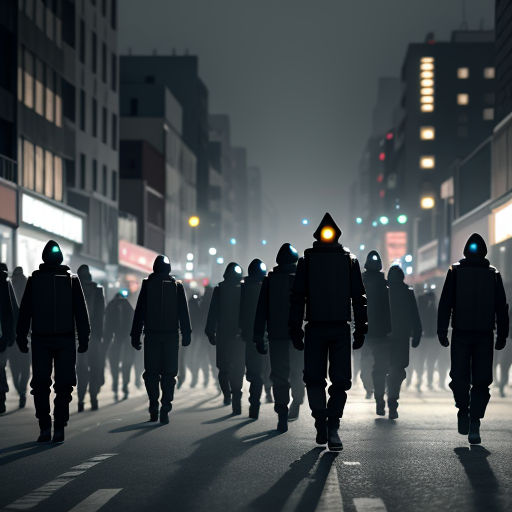
The virus was like nothing they had ever seen. It didn't kill its hosts; instead, it transformed them into latex drones, erasing their personalities and memories.
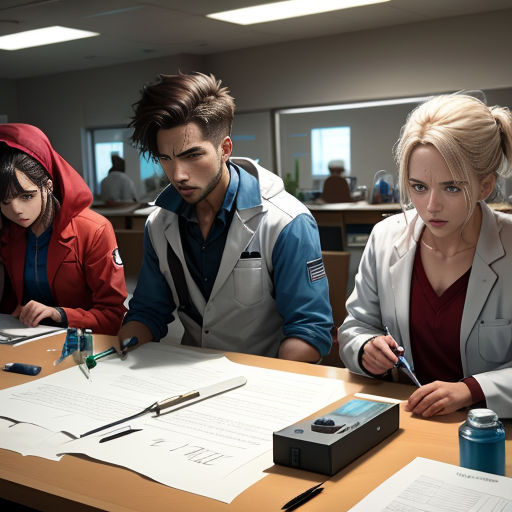
The heroes worked tirelessly, their hope dwindling with each failed experiment. The virus was adapting faster than they could counter it.
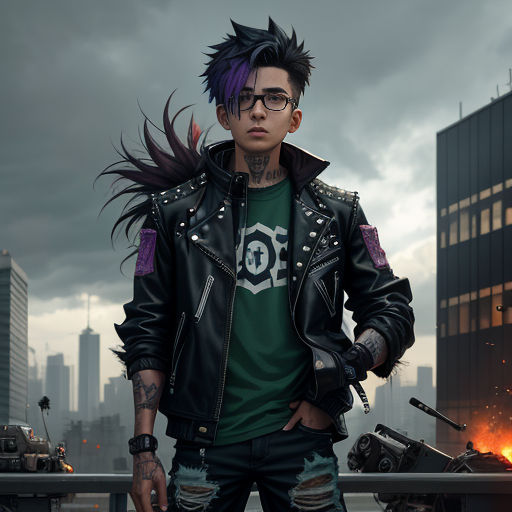
The virus had already reached their city. They watched as people they knew became drones, their human features replaced by smooth, featureless latex.
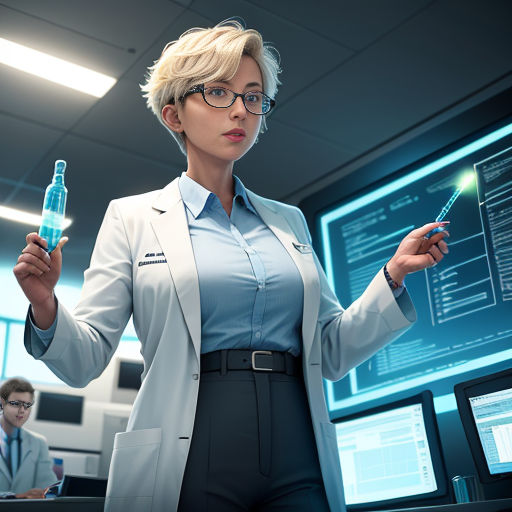
One day, Dr. Turner found a possible solution. She proposed using a modified version of the virus to reverse the process.
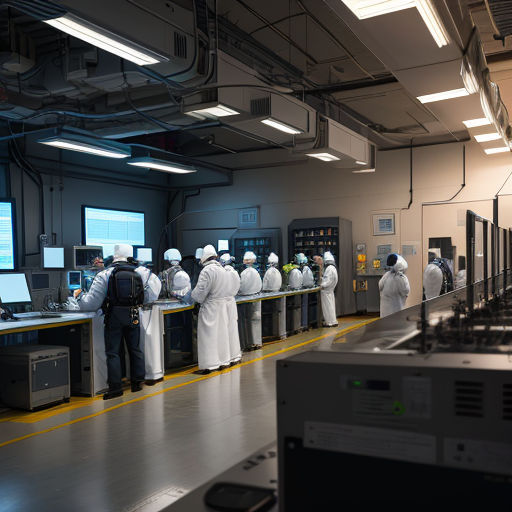
They went to work, their hopes renewed. Yet, they knew that they were taking a huge risk. If they failed, they could accelerate the dronification process instead.
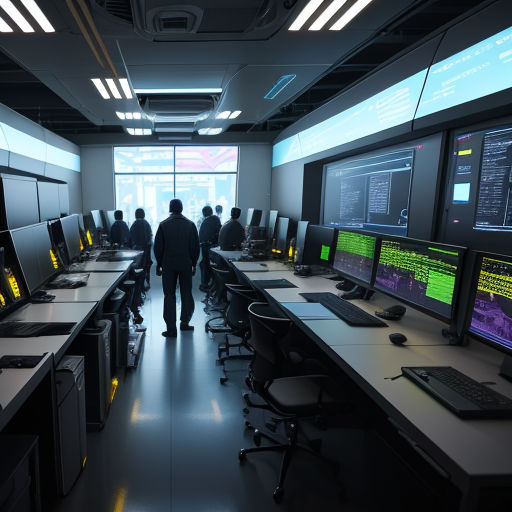
As they were testing the modified virus, the unthinkable happened. The lab was breached and the drones entered, their latex bodies eerily silent.
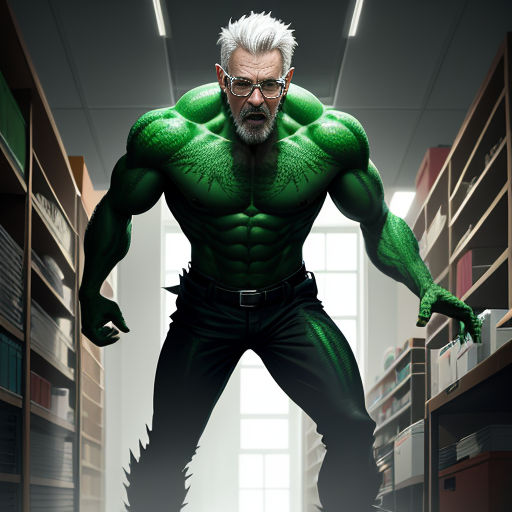
Dr. Clark was the first to fall. He tried to hold them off, but was quickly overwhelmed. His transformation was swift and horrifying.
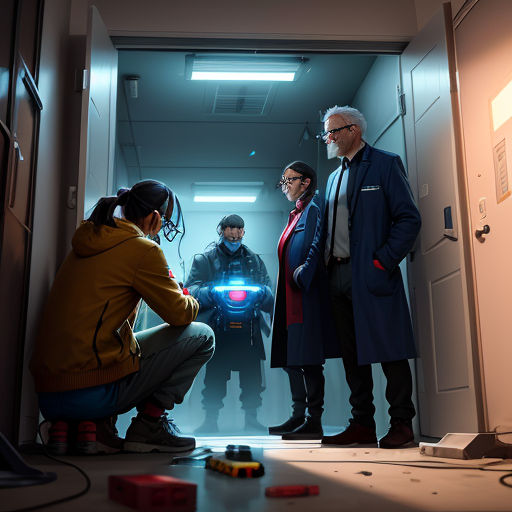
Dr. Harris and Dr. Turner managed to seal themselves in a separate room, but they knew it was only a matter of time before the drones broke through.
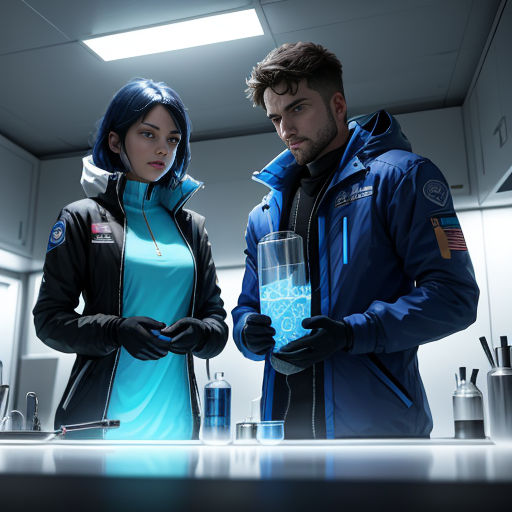
They had one chance. They injected themselves with the modified virus, hoping it would protect them from dronification. Then, they waited.

The drones broke through, their latex bodies filling the room. Dr. Harris and Dr. Turner stood back to back, ready to face their fate.
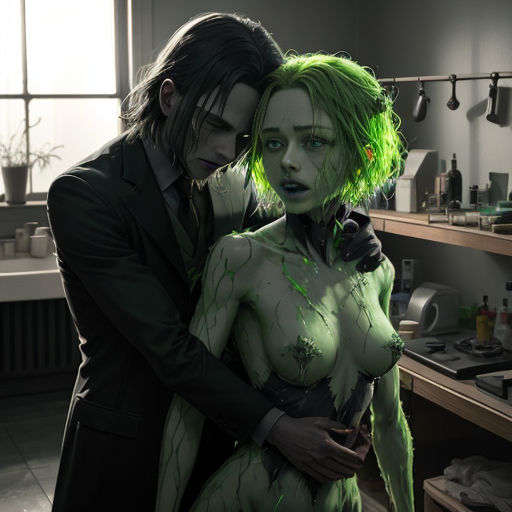
They felt the virus invading their bodies. Their vision blurred, their limbs stiffened. They knew they were transforming.
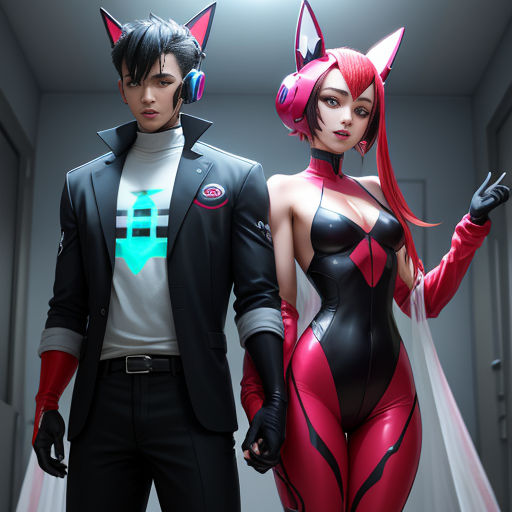
But then, something miraculous happened. The transformation halted. Their bodies began to reject the dronification process. The modified virus was working.
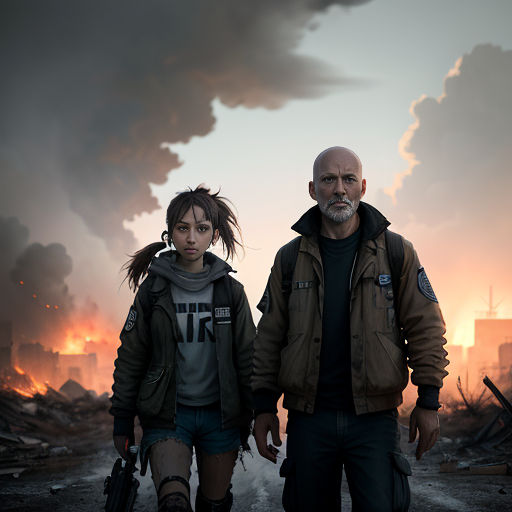
They were not, however, immune to the drones. As the drones advanced, they realized their victory was short-lived. The world was lost. They were the last of humanity.
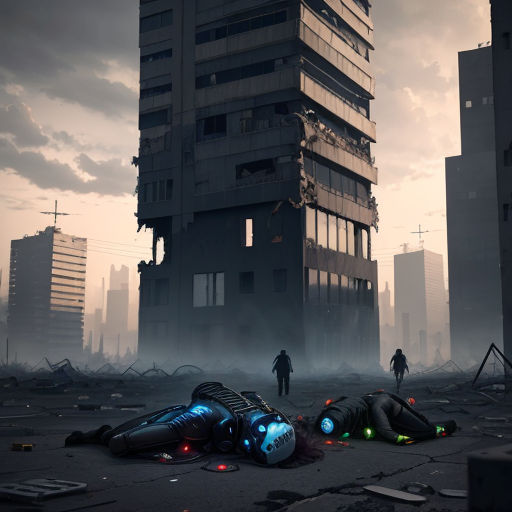
Their bodies fell, not to the dronification, but to the sheer force of the drones. Their last thoughts were of hope, for the future of humanity.
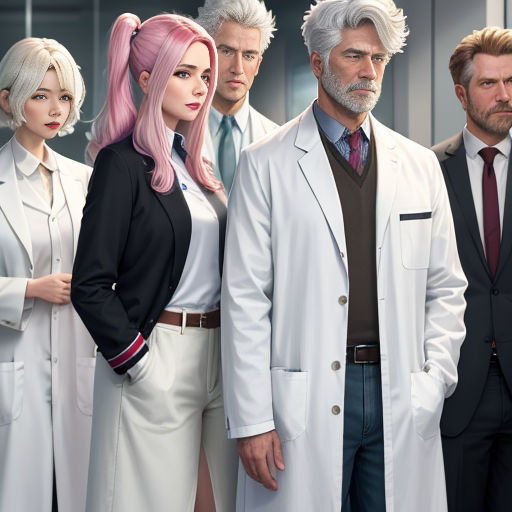
The drones left the lab, leaving behind two bodies. Their latex surfaces started to peel off, revealing human skin beneath. The reversal was slow, but it was happening.

The heroes had failed to save themselves. But their sacrifice had not been in vain. The modified virus, now in their blood, would be their legacy.
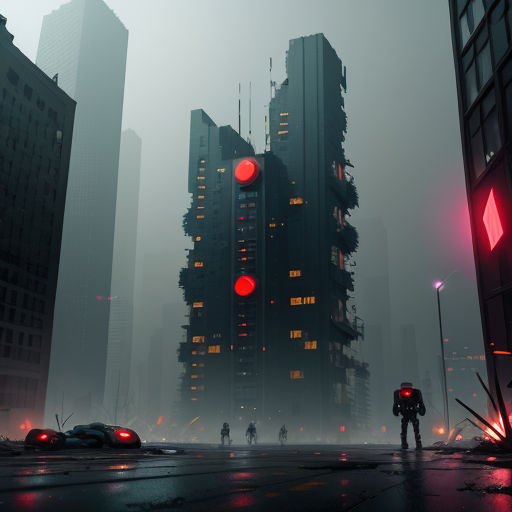
The latex drones, having completed their mission, returned to their aimless wandering. But something was different. The transformation process had stopped.
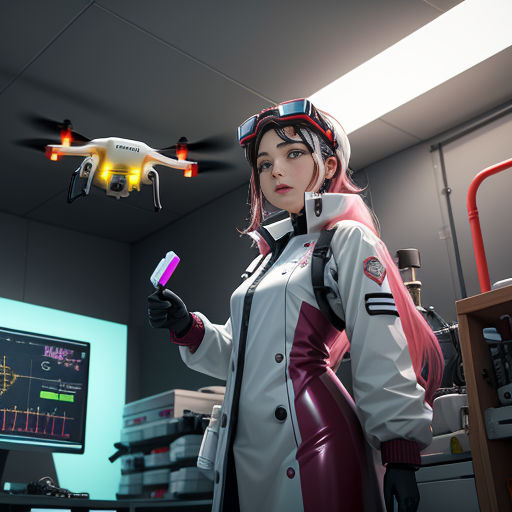
In the following weeks, drones started to change. Their latex bodies began to peel off, revealing human flesh beneath. The dronification was reversing.
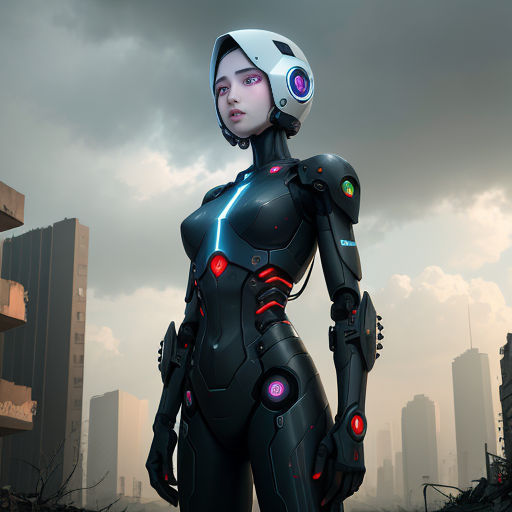
The world was still a shell of its former self. But there was hope. The drones were becoming human again. The heroes' legacy lived on.

The virus was no more. The latex drones were gone. All that was left were humans, scarred but alive. The world was ready to rebuild.
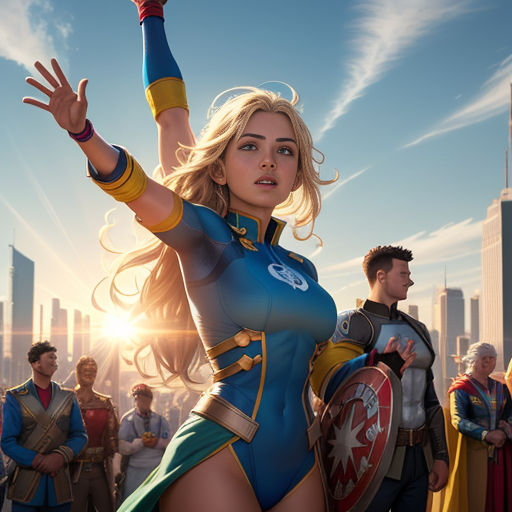
The heroes had failed to save themselves. But in their sacrifice, they had saved humanity. Their legacy was a world reborn, a testament to their courage and resilience.
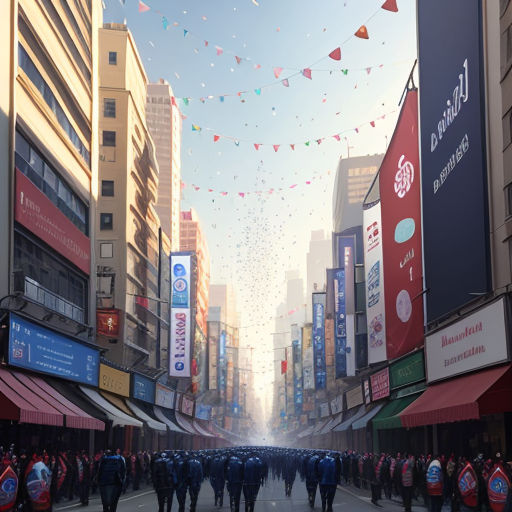
The world remembered them. Their names were etched in history, symbols of hope and strength. Humanity had been tested, but it had prevailed.
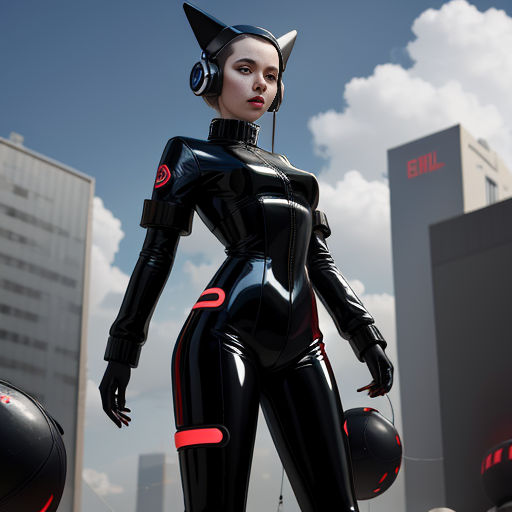
The world was no longer as it used to be. But it was still a world of humans. The latex drones were a reminder of a dark past, a past that humanity had overcome.

The heroes had not lived to see their victory. But their sacrifice had not been in vain. In their death, they had given life to a world on the brink of extinction.

The world moved on, carrying the legacy of the heroes. Humanity had faced its greatest challenge yet, and had emerged victorious. The future was uncertain, but it was a future nonetheless.
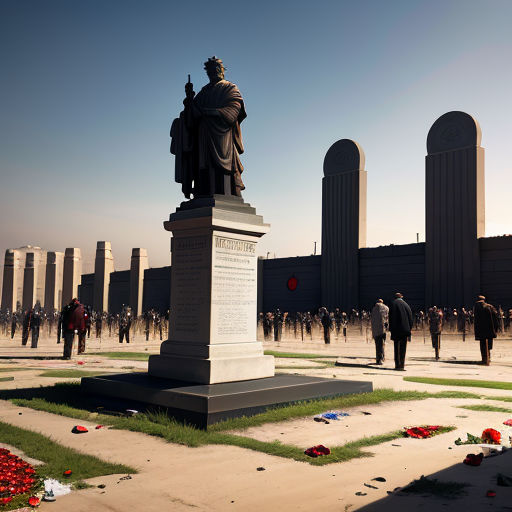
The heroes' sacrifice was a beacon of hope in a world once lost. Their legacy was not one of defeat, but of triumph. In their death, they had saved humanity from the brink of extinction.

The world had been saved, not by the heroes' strength, but by their sacrifice. They had faced the unthinkable and had given humanity a second chance. And for that, they would always be remembered.